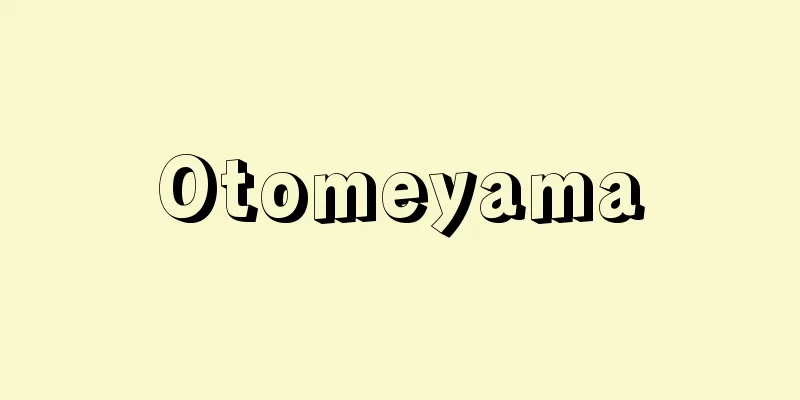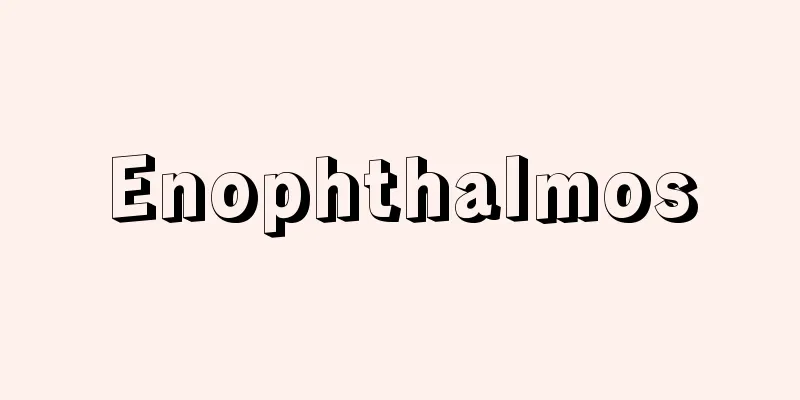Halogen bulbs - harogendenkyu

|
A type of incandescent light bulb that contains traces of halogen substances (iodine, bromine, chlorine, and other elements or compounds) in addition to inert gases such as nitrogen and argon. In 1959, Edward George Zubler (1925-2004) and others from the United States invented the double-base iodine light bulb, which had a tungsten filament attached to a quartz glass tube and contained traces of iodine along with inert gas. It was put to practical use in Japan the following year. Electricity is passed through the filament of a tungsten coil, and light is generated by thermal radiation due to the high temperature. Halogen light bulbs use the halogen regeneration cycle, in which tungsten that evaporates during lighting returns to the filament, so the glass bulb does not blacken much, and there is less loss of luminous flux than in ordinary light bulbs, making them more efficient. The halogen regeneration cycle is the repetition of the following: (1) Tungsten evaporates from the hot filament during lighting and diffuses to the glass wall. (2) Halogen gas also decomposes thermally near the filament and partially becomes atomic, so this reacts with tungsten to form a compound called tungsten halide. (3) If the glass wall is over 250°C (in the case of iodine; 170°C in the case of bromine), the tungsten halide becomes vapor and moves closer to the filament by convection and diffusion, where the halogen and tungsten decompose at the high temperature of the filament, and the tungsten returns to the filament. This cycle is repeated, preventing the filament from thinning and the glass bulb from blackening due to tungsten, reducing the loss of luminous flux, and prolonging the lifespan. Also, the filament temperature can be raised compared to ordinary light bulbs to increase efficiency. A type that improves efficiency by about 30% by forming an infrared reflective film on the surface of the glass bulb and reusing infrared rays to heat the filament by devising the shape of the glass bulb is also becoming popular. Halogen bulbs are popular in stores and other places because the light-emitting part is small, making it easy to control the light distribution (spread of light) and they are highly efficient as a directed light source. However, since the 2000s, they have been replaced by more efficient light-emitting diode (LED) lighting products. The glass bulb of a halogen bulb is made of quartz glass so that it can withstand high temperatures, but hard glass bulbs are also available. Small single-base bulbs for general lighting (some with reflectors) can be lit in any direction, but long, slender, double-base bulbs for floodlighting and other purposes are limited to horizontal lighting only. Halogen bulbs are small and highly bright. They also have excellent light color (color temperature 3000-3400 Kelvin) and color rendering properties, so they are used for general lighting purposes such as store spotlights, floodlights (sports facilities, factories, etc.), studio lighting, movie projectors, optical equipment, automobile headlights, airports (guide lights, etc.), fish-attracting lights, and light sources for copying machine exposure. [Akio Obara and Makoto Bessho] [Reference] | |©Shogakukan "> Main types and structures of halogen bulbs ©Shogakukan "> Principle of the halogen regeneration cycle A dichroic mirror (a multi-layer interference film of magnesium fluoride and titanium oxide) reflects only visible light forward and transmits infrared light backward. It is widely used in stores and other places . Halogen bulb with reflector Source: Shogakukan Encyclopedia Nipponica About Encyclopedia Nipponica Information | Legend |
|
白熱電球の一種で、窒素、アルゴンなどの不活性ガスのほかに微量のハロゲン物質(ヨウ素、臭素、塩素などの単体またはその化合物)を封入したもの。1959年アメリカのツブラーEdward George Zubler(1925―2004)らによって、石英ガラス管内にタングステンフィラメントを装着し、不活性ガスとともに微量のヨウ素を封入した、両口金付きのヨウ素電球が発明された。日本では翌年から実用化されている。タングステンコイルのフィラメントに通電して、高温による熱放射による光を利用する。ハロゲン電球は、点灯中に蒸発したタングステンがフィラメントに戻るというハロゲン再生サイクルを利用しているので、ガラス球の黒化が少なく、一般電球より光束低下が少なくて効率が高い。 ハロゲン再生サイクルとは、以下のような繰り返しのことをいう。(1)点灯中の高温のフィラメントからタングステンが蒸発してガラス壁へ拡散する。(2)ハロゲンガスもフィラメント付近で熱分解して一部原子状態になっているので、これとタングステンが反応して、ハロゲン化タングステンの化合物をつくる。(3)ガラス壁が250℃(ヨウ素の場合。臭素の場合は170℃)以上であると、ハロゲン化タングステンは蒸気となり、対流、拡散によってフィラメント近くへ移動し、フィラメントの高温でハロゲンとタングステンが分解し、タングステンはフィラメントに戻る。これを繰り返しているので、フィラメントが細くなることや、ガラス球のタングステンによる黒化が防止され、光束低下が少なく、しかも寿命も長くなる。また、一般電球に比べ、フィラメント温度を高くして、効率をあげることもできる。 ガラス球表面に赤外反射膜を形成し、ガラス球形状をくふうすることによって、赤外線をフィラメントの加熱に再利用して効率を30%程度向上させたタイプも普及している。ハロゲン電球は発光部が小さいために、配光(光の広がり)のコントロールがしやすく、指光性光源としては効率が高いため、店舗などで普及している。しかし、2000年代に入ると、より効率の高い発光ダイオード(LED)照明製品に置き換わりつつある。 ハロゲン電球のガラス球は、高温に耐えるように石英ガラスを使用するが、硬質ガラスのものもある。一般照明用などの片口金の小型のもの(反射鏡付きもある)は、点灯方向が自由であるが、投光用などの細長い管形の両口金のものは、水平点灯のみに限られる。 ハロゲン電球は、小型のうえ高輝度である。また光色(色温度3000~3400ケルビン)、演色性も優れているので、一般照明用として、店舗のスポット照明、投光照明(スポーツ施設、工場など)をはじめ、スタジオ照明、映写機、光学機器、自動車前照灯、飛行場(誘導灯など)、集魚灯、複写機露光用光源などに使用される。 [小原章男・別所 誠] [参照項目] | |©Shogakukan"> ハロゲン電球のおもな種類と構造 ©Shogakukan"> ハロゲン再生サイクルの原理 反射鏡にダイクロイックミラー(フッ化マグネシウムと酸化チタンなどの多層干渉膜)を使ったものは、可視光だけを前方に反射し、赤外線は後方に透過させることができる。店舗などに幅広く用いられる©Shogakukan"> 反射鏡付きハロゲン電球 出典 小学館 日本大百科全書(ニッポニカ)日本大百科全書(ニッポニカ)について 情報 | 凡例 |
<<: Hello School - Hello School
Recommend
Weismann, August (Friedrich Leopold)
Born: January 17, 1834 in Frankfurt am Main Died N...
Calostoma sarasini (English spelling) Calostoma sarasini
…[Rokuya Imaseki]. . … *Some of the terminology t...
National Anthem Grand View - Kokka Taikan
A waka index book. There are two volumes each of ...
Kiyohiko Ushihara
1897-1985 A film director from the Taisho and Sho...
Usucha Temae - Usucha Temae
〘Noun〙 The manner of making thin tea in the tea ce...
Peres, Shimon
Born: August 16, 1923?. Wyszniew, Poland [Died] Se...
jalousie
...The apartments of Louis XV at the Palace of Ve...
Lugh
…The Tuatha Dé Danann (meaning the race of the go...
Blonde - Kinkatsu
〘 noun 〙 Golden hair. Blonde. ※Utakata no Ki (1890...
Sesmaria (English spelling)
Agricultural and pastoral land during the colonial...
Lazarium
...It was already a Christian pilgrimage site in ...
Inductive Learning - Yesterday's Study
… [Explanation-based learning] The generalization...
Parana pine (English spelling)
... A. araucana (Molina) K. Koch. (English name: ...
Money of Omi - Money of Omi
?-? A courtesan from the Kamakura period. A nativ...
Leopard shark
…The Japanese name probably comes from its slow m...
![Tuscany [Region] - Tuscany](/upload/images/67cc57d0d065a.webp)








